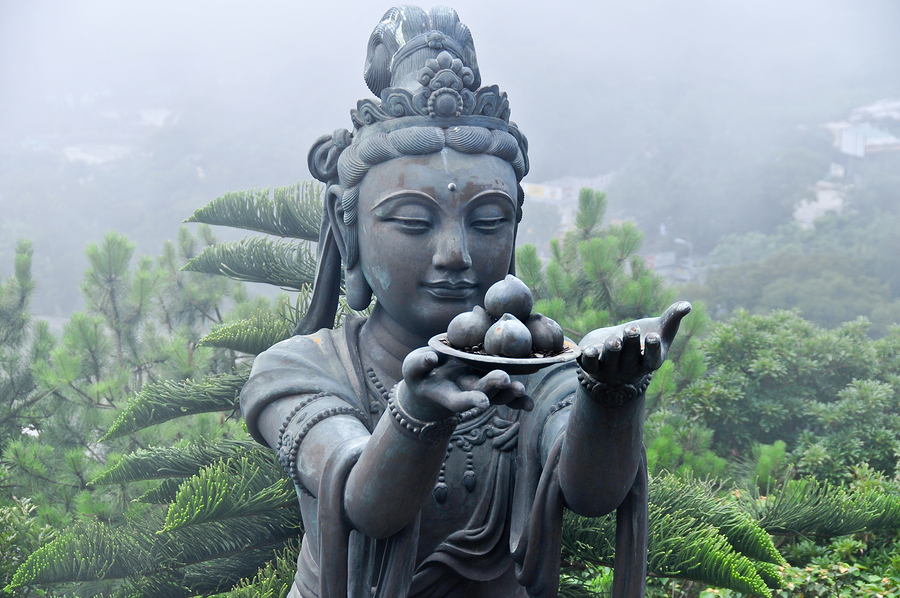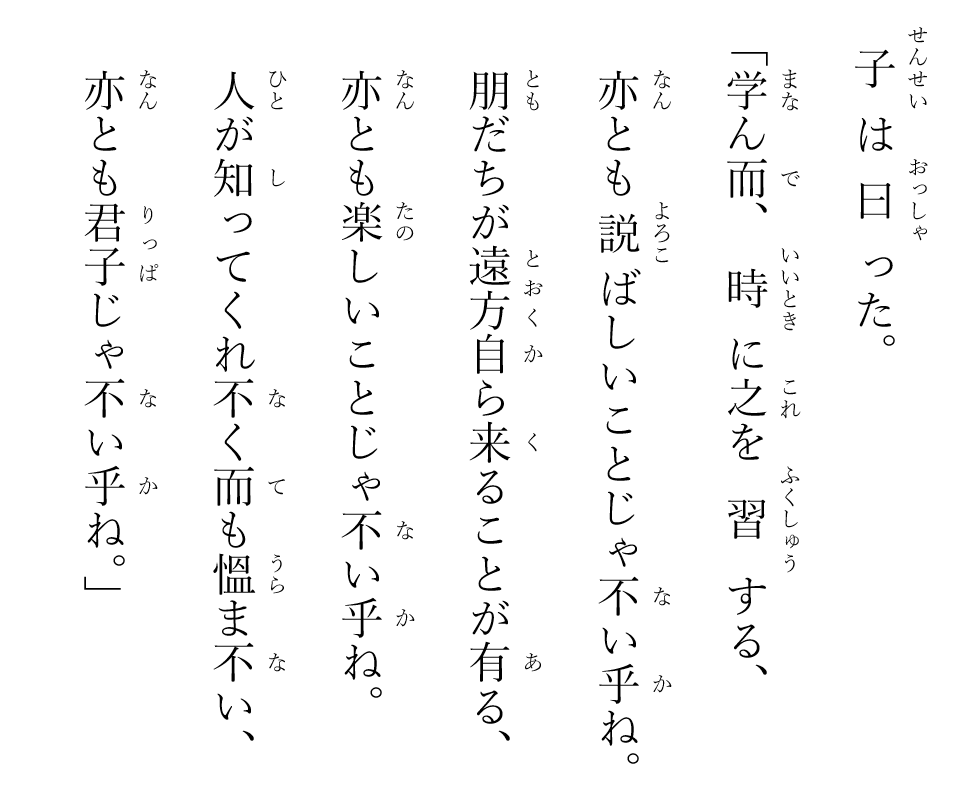Dana, Derma, and Kaya
The altruistic act of unconditional separation of a part of your material and mental assets (food, money, knowledge, etc) and giving it to another unrelated human is called dāna (दान) in India. The word is sometimes glued with dharma 檀 (धर्म) to form There are three types of dāna: (1) Amisadāna ~ gift of food or money 財施 (2) Abhayadāna ~ gift of protection 無畏施 (3) Dharmadāna ~ gift of knowledge 法施dānadharma (loosely = the dharma or principle of giving 施), which is a loose codification of the charitable or obligatory duty encouraged by both Hinduism and Buddhism.
The Malays internalized this Indic concept long ago but the components now mean different things in modern Malay language. Firstly, dāna दान (giving - the act) is transformed into a noun - Although the primary meaning of dana in Malay is monetary fund, the origin Indic meaning of unconditional giving is retained, thus dana in Malay can also mean donation or even the donor itself.da-na دانا (a pool of monies or a monetary fund).
Secondly, dharma धर्म (the principle) is transform into Both darma and derma is spelt consistently in Arabic script as “درما”.d-r-ma درما . Now the Malay d-r-ma can mean two things.
Its first usage is closely related to its Indic cousin and it is associated with the idea of obligation (kewajipan), and this usage is usually romanized as darma. Its second usage is rather interesting because d-r-ma is linked to idea of derma, which is equivalent to dāna दान in India. When we use derma in present day conversation, we usually mean donation.
In modern northern Indian culture, however, the word dharma is commonly used to narrowly mean “religion” 宗教 or “faith” 信仰. For example, Christian faith is I-sa-i dharm (ईसाई धर्म = Isa's religion) in Hindi. Now that we know dharma is not absorbed into the Malay lexion to mean religion, what then is the Indic word loaned to the Malays?
The answer is āgama (आगम). It is the word borrowed by Buddhist Malays to mean religion, a-ga-m (اݢام). In Buddhism, however, āgama is a reference to religion texts or scriptures instead of the religion itself. For example, we have the following Buddhism scriptures:
- Dīrgha Āgama 長阿含經
- Madhyama Āgama 中阿含經
- Saṃyukta Āgama 雜阿含經
- Ekottara Āgama 增壹阿含經
Note that In Chinese culture, the word dharma 檀 is translated into the word fǎ 法 or dào 道, which loosely means “law”.āgama is directly transliterated into 阿含 (a-kâm) by Buddhist monks in Southern Min 閩. Although the Malays eventually renounced Buddhism and embraced Islam, the Buddhist meaning of āgama is fossilized in Malay lexicon.
The Malays can now choose to express themselves with loanwords from Indic or Islamic culture. The Arabics have two closely related words for religion: d-ī-n (دين) and d-ya-n-h (ديانة), and they are commonly used to name Muslim babies.
Similarly to the path of transmission of science in the Mediterranean world, these two words are loaned to Arabs by Greeks through the Persians. Their original Hellenistic meaning, however, are slightly different from those of the Arabs.
Meet daneia (δάνεια), the Greek word for loans.
An important box to tick before any loan approval is that the bank must trust or believe in your ability to repay the money. For the Arabs, only the trust or belief elements in δάνεια are distilled by the Arabs. This element of trust and belief is eventually abstracted into organized religion.








Comments